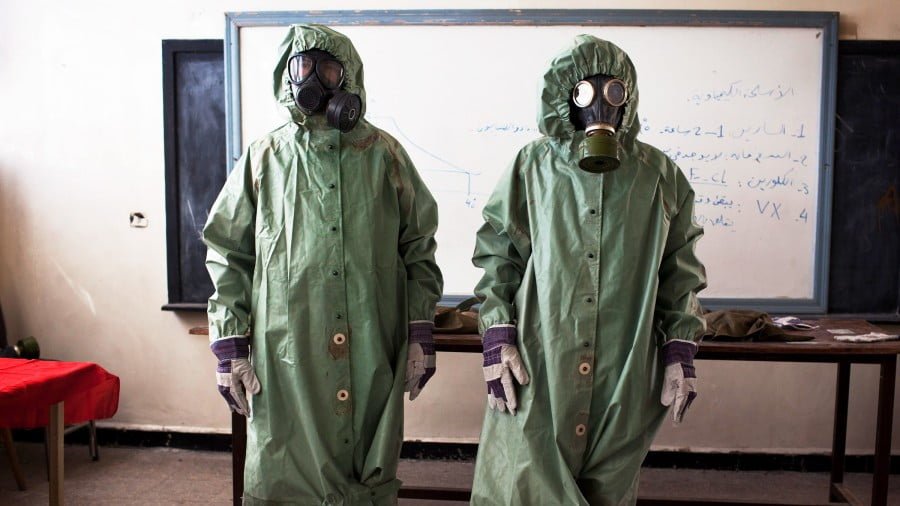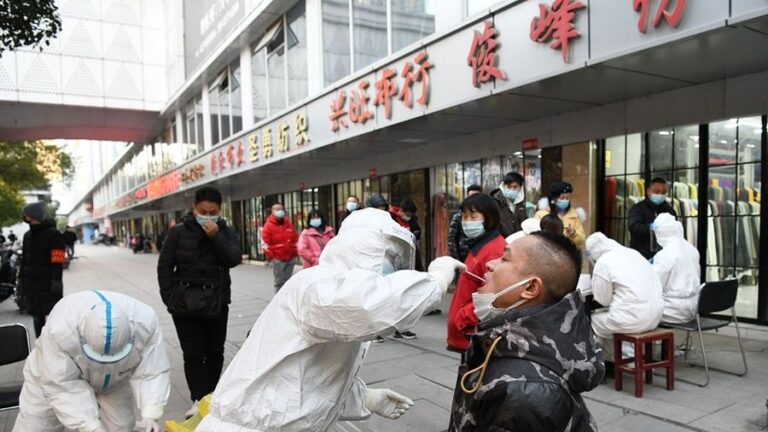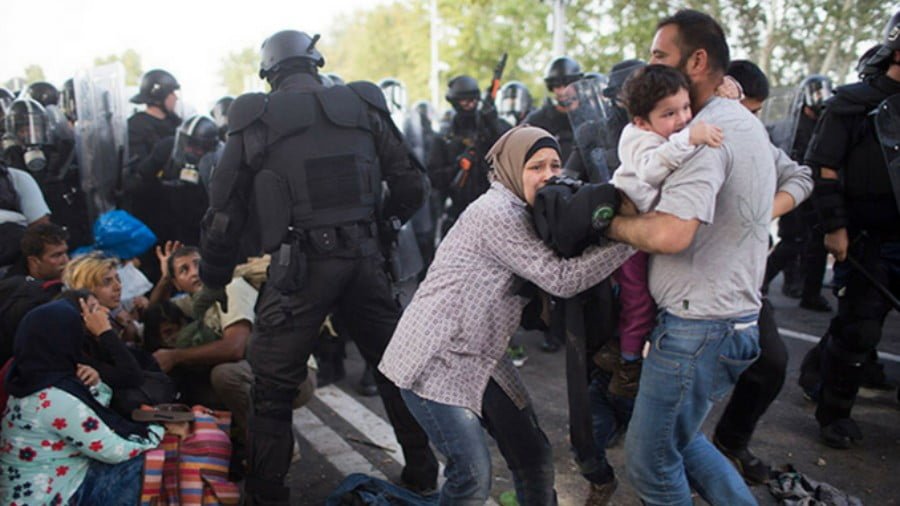China-India Confrontation on the Doklam Plateau Continues
A small plateau of a total area of just one hundred square kilometers located in the Himalayas at the junction of the borders of the People’s Republic of China, India and the Kingdom of Bhutan has for two months been the site of a very dangerous confrontation. And until now, no signs of its settlement are in sight.
Along with the continuing tensions on the Korean peninsula, this conflict is at the center of the attention of the global media, which are closely monitoring the development of events in the Asia-Pacific Region as a whole.
The origins of the problem of the right of ownership of the Doklam Plateau go back centuries, to the period of the feudal strife that existed between the separate principalities of the entire adjacent region of Tibet and the Himalayas. Since the second half of the 19th century, the most active and decisive manner in these conflicts involved the administration of the then imperial China and British India.
Strictly speaking, India is not directly a party to the current disputes over the ownership of the plateau, which today stem from differences in the interpretations of agreements concluded more than a century ago between imperial China and Bhutan, then under the “guardianship” of British India.
The current India considers itself to be a party to these disputes due to the fact that since the 1950s, it has actually been the inheritor of the mentioned “guardianship”, drawn up by a relevant agreement, according to which the Republic of India stands today as the defender of the interests of the Kingdom of Bhutan in the global arena, in particular, in the fight against the People’s Republic of China for possession of the Doklam Plateau. In recent years, China has engaged in the construction of roads on its territory. At the same time, India is also building some “reserve bunkers”.
It should be noted that the Indian leadership attaches great importance to preventing Chinese control over this small section of the Himalayan highlands. This is because it is located close to a narrow isthmus (with a width of only 25-40 km, and therefore designated as a “chicken neck”), over which land communication is carried out between the main territory of India and its six North-Eastern states with a population of about 40 million people.
One of them (Arunachal Pradesh) with an area of about 100 thousand square kilometers is also included in the territorial claims of the People’s Republic of China.
On June 6, two groups of “builders” on the Doklam plateau somehow crossed over, after which they were joined on both sides by military men, whose strength from the Indian side was estimated at 3,000.
While the activity of the opposing frontier guards is limited to a verbal squabble, it has already become the subject of demarches through diplomatic agencies, loud official statements, as well as a reason for the sharp revival of the media in both countries, which takes the nature of an information war.
Articles in newspapers and magazines are being accompanied by offensive pictures or, for example, a photo-montage of Chinese and Indian soldiers, something like they are screaming at each other in the face. The cover of one of the latest publications of the popular weekly India Today was decorated with a chicken (which, with some imagination, really resembles the territory of the People’s Republic of China on a geographic map), which had “laid an egg” (the egg being Pakistan, which is now the closest Chinese ally in Asia).
In China, this picture, however, attracted attention not so much due to the questionable character of the image of its country as to its incompleteness. This is because on the body of the “chicken”, they did not see either Taiwan or the Tibet Autonomous Region. And this is much more serious than the petty malice of the illustrator in his depiction of the territory of the People’s Republic of China.
In China, India’s claim to be a global player is portrayed as a plump baby elephant in a desperate pole vault attempting to overcome a bar that is clearly beyond its capacity. At the same time, the elephant does not notice that the pole itself, designated by the word “economy”, has a crack.
This illustration quite accurately reflects the latest political messages of Beijing to Delhi, the meaning of which is reduced to the assertion of the futility of continuing on the course of confrontation with China (in view of, for example, the fact that India is 4-5 times less in terms of economic volume) and, on the contrary, there is the apparent profitability of joining the Chinese Great Silk Road revival project. Which was rejected by India “right off the bat” for reasons previously discussed in the NEO.
As for the Western press, then, as is believed in China, in the matter of the causes and initiators of the conflict on the Doklam Plateau, it overwhelmingly occupies a pro-Indian position.
In Beijing the words of the Minister of Foreign Affairs of Australia Julie Bishop (which she delivered during her July 17-18 visit in Delhi) on the need for a peaceful resolution of the conflict through negotiations between India and the People’s Republic of China were deemed unacceptable.
This is precisely because, and we shall repeat this, China does not consider India a party to the disputes on the ownership of the Doklam plateau. Therefore, as is believed in Beijing, an indispensable condition for the withdrawal of another reason for growing tension in bilateral relations should simply be the withdrawal of the Indian troops “from our territory” without expecting any expression of gratitude for this.
Apparently, something similar was said to the Adviser of the Prime Minister of India on Security Issues Ajit Doval during his visit to the Chinese capital in late July. The Indian official of the highest rank arrived in Beijing in connection with conducting preparation measures for the upcoming next summit of the BRICS countries in September of this year, which will be held in China.
This visit was used to try to establish a negotiation process with the Chinese leadership on the situation on the Doklam plateau, which, apparently, led nowhere. And this is a bad signal for the prospects of both the relations between the two Asian giants and the success of the above-mentioned summit.
As of now, there is no guarantee that Prime Minister Narendra Modi will at all visit China, where (in connection with the aggravation of the situation “on the western border” they are beginning to doubt the correctness of the decision to support the entry of India into another organization – the SCO (Shanghai Cooperation Organisation).
By Vladimir Terekhov
Source: New Eastern Outlook







